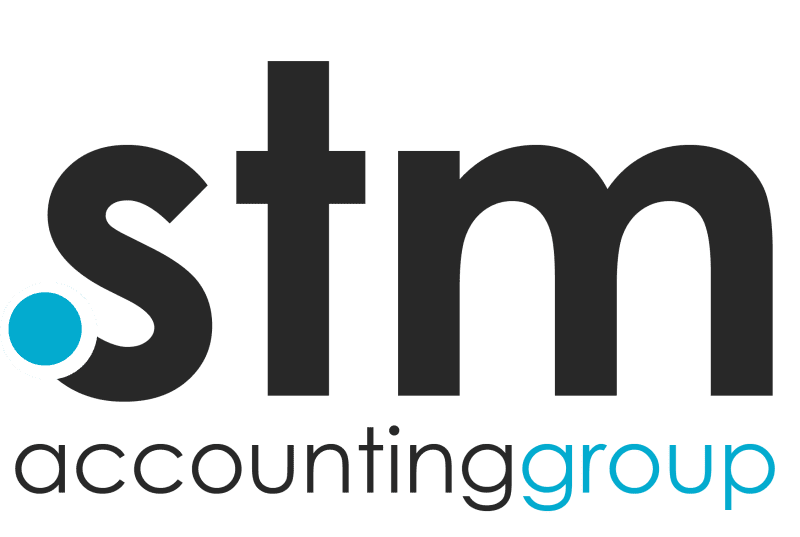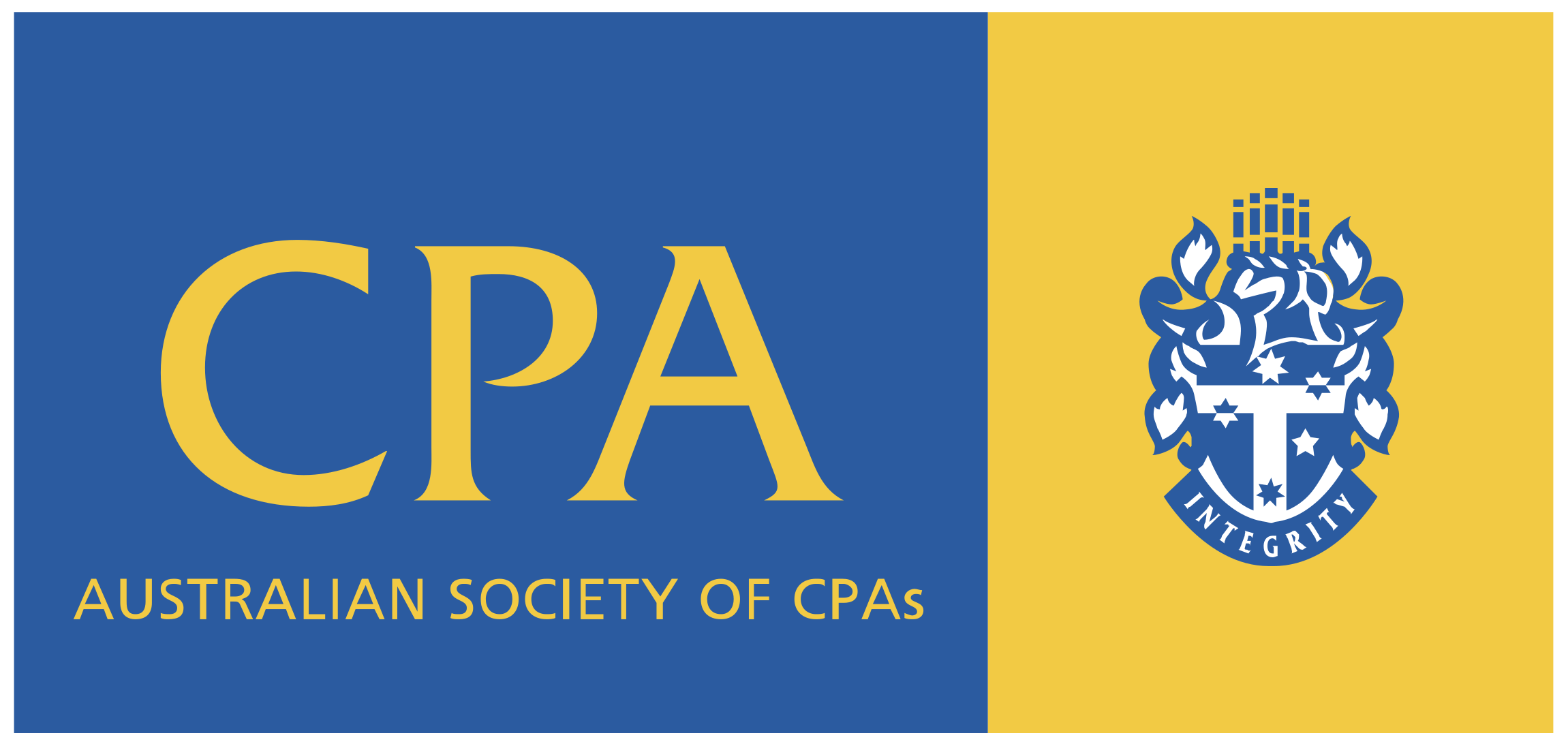
Professional services firm profits under fire
The Australian Taxation Office (ATO) has been concerned for some time about how many professional services firms are structured – specifically, professional practices such as lawyers, architects, medical practices, engineers, architects etc., operating through trusts, companies and partnerships of discretionary trusts and how the profits from these practices are being taxed.
New draft guidance (PCG 2021/D2) released last month from the ATO takes a strong stance on structures designed to divert income so the professional ends up receiving very little income directly for their work, reducing their taxable income. Where these structures appear to be in place to divert income to create a tax benefit for the professional, Part IVA may apply. Part IVA is an integrity rule which allows the Commissioner to remove any tax benefit received by a taxpayer where they entered into an arrangement in a contrived manner in order to obtain a tax benefit. Part IVA may apply to schemes designed to ensure that the professional is not appropriately rewarded for the services they provide to the business, or that they receive a reward which is substantially less than the value of those services.
The draft guidance for professional services
Set to apply from 1 July 2021, the draft guidance sets out a series of tests to create a risk score. This risk score is then used to classify the practitioner as falling within a Green, Amber or Red risk zone and determines if the ATO should take a closer look at you and your firm. Those in the green zone are at low risk of the ATO directing its compliance efforts to you. Those in the red zone, however, can expect a review to be initiated as a matter of priority with cases likely to proceed directly to audit.
The risk assessment framework will only apply if the firm first meets two gateway tests.
- Gateway 1 - considers whether there is commercial rationale for the business structure and the way in which profits are distributed, especially in the form of remuneration paid. Red flags would include arrangements that are more complex than necessary to achieve the relevant commercial objective, and where the tax result is at odds with the commercial venture, for example, where a tax loss is claimed for a profitable commercial venture.
- Gateway 2 - requires an assessment of whether there are any high-risk features. Potentially high-risk features include financing arrangements relating to non-arm's length transactions, where income of a partnership is assigned in a way that is not consistent with existing guidelines, and where there are multiple classes of shares or units held by non-equity holders.
If the gateway tests are passed, then you can self-assess your risk level against the ATO’s risk assessment factors. There are 3 factors to be considered:
- the professional’s share of profit from the firm (and service entities etc) compared with the share of firm profit derived by the professional and their related parties;
- the total effective tax rate for income received from the firm by the professional and their related parties; and
- the professional’s remuneration as a percentage of the commercial benchmark for the services provided to the firm.
The resulting ‘score’ from these factors determines your risk zone. Some arrangements that were previously considered low risk may now fall into a higher risk zone.
For professional services firms, it will be important to assess the risk level and this needs to be done for each principal practitioner separately. Those in the amber or red zone who want to be classified as low risk need to start thinking about what needs to change to move into the lower risk zone.
Where other compliance issues are present - such as failure to recognise capital gains, misuse of the superannuation systems, failure to lodge returns or late lodgement, etc., - a green zone risk assessment will not apply.





